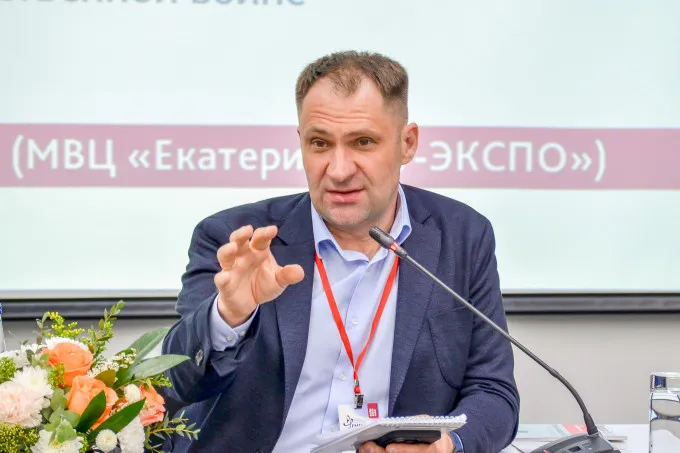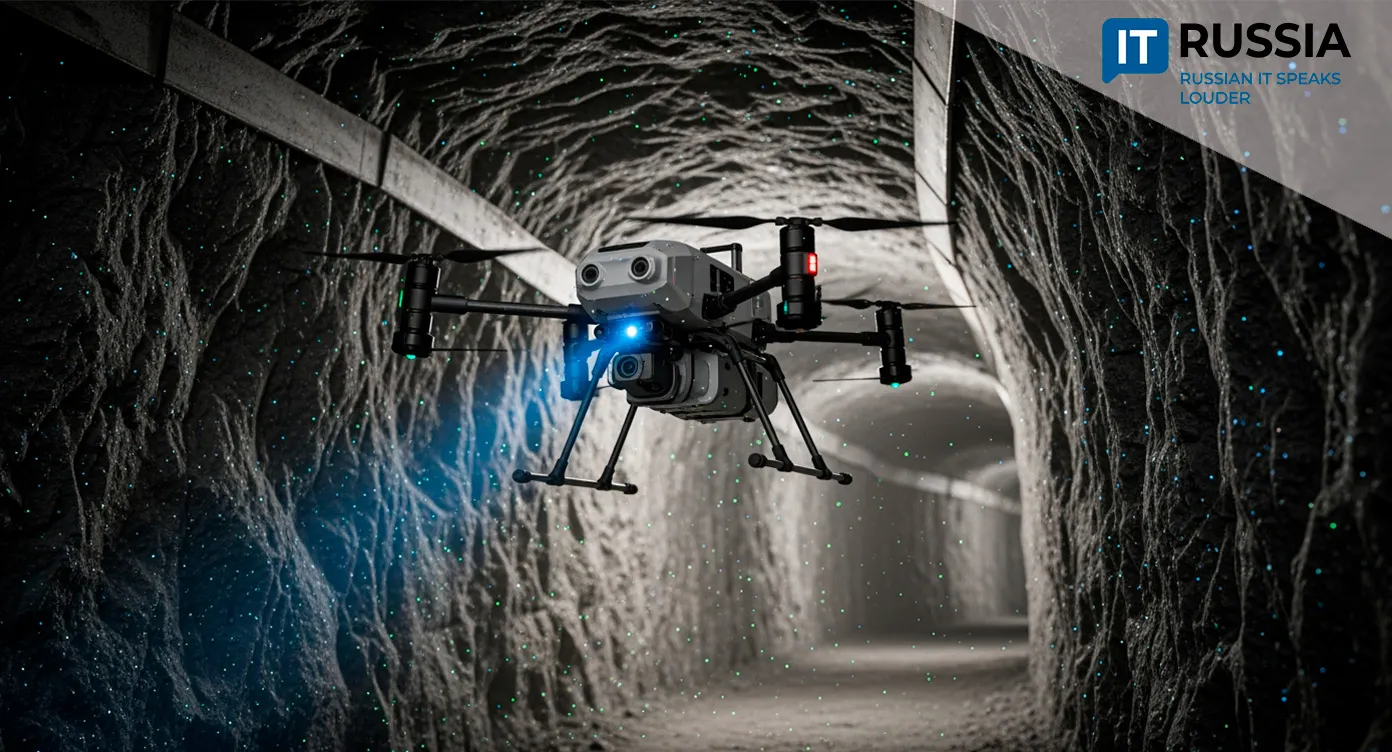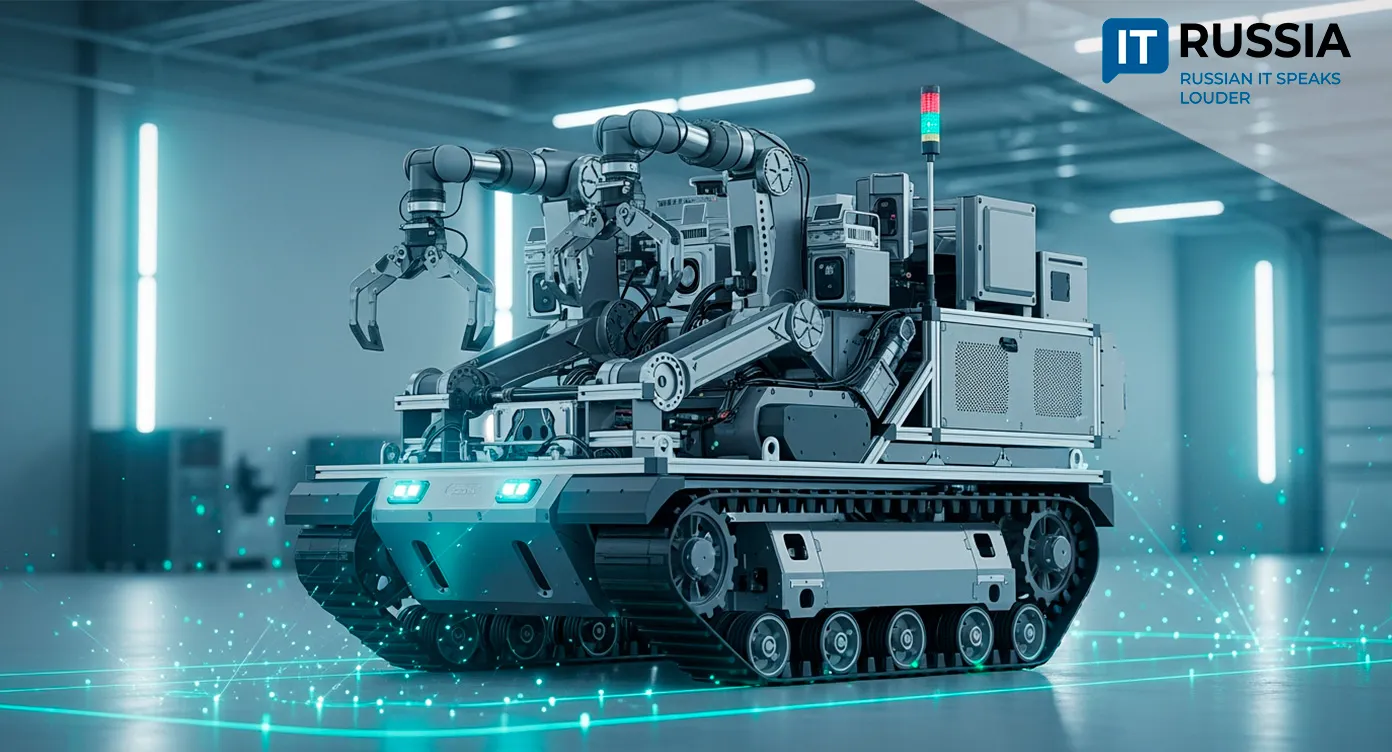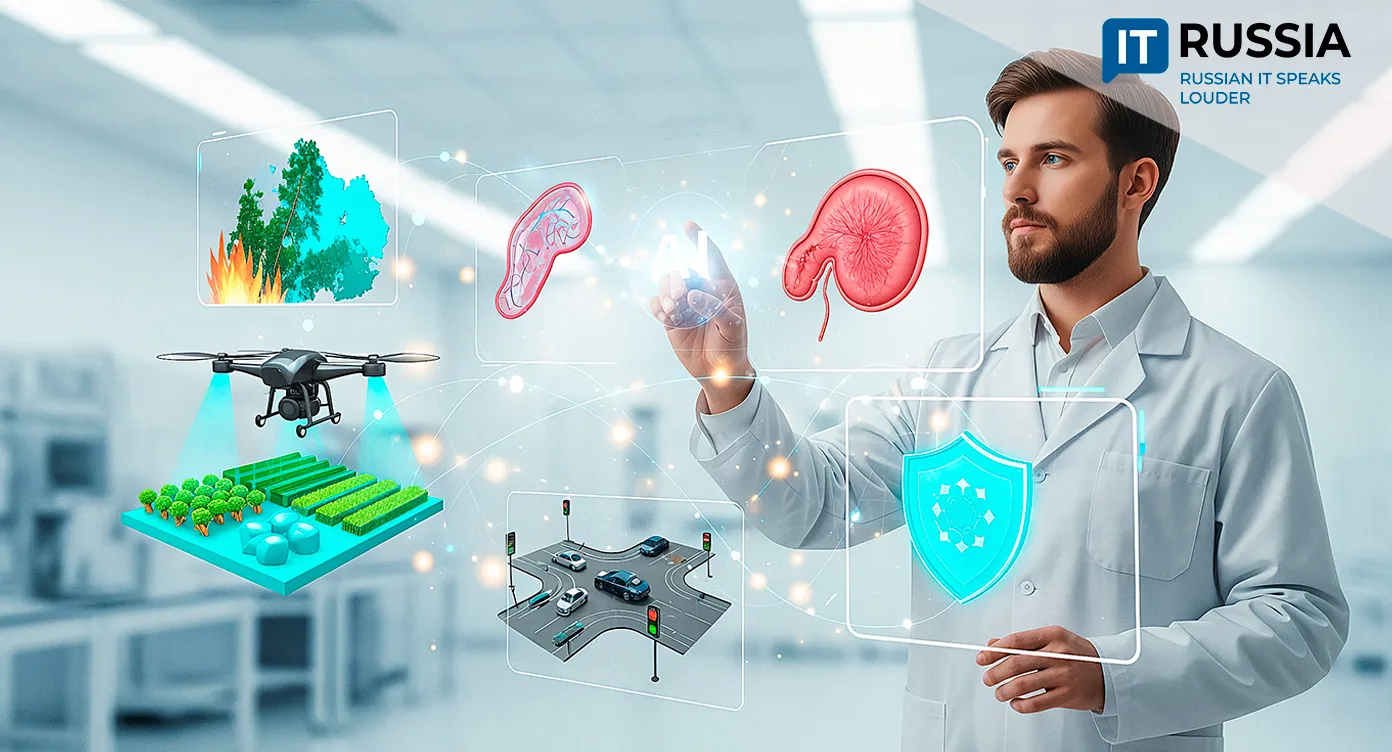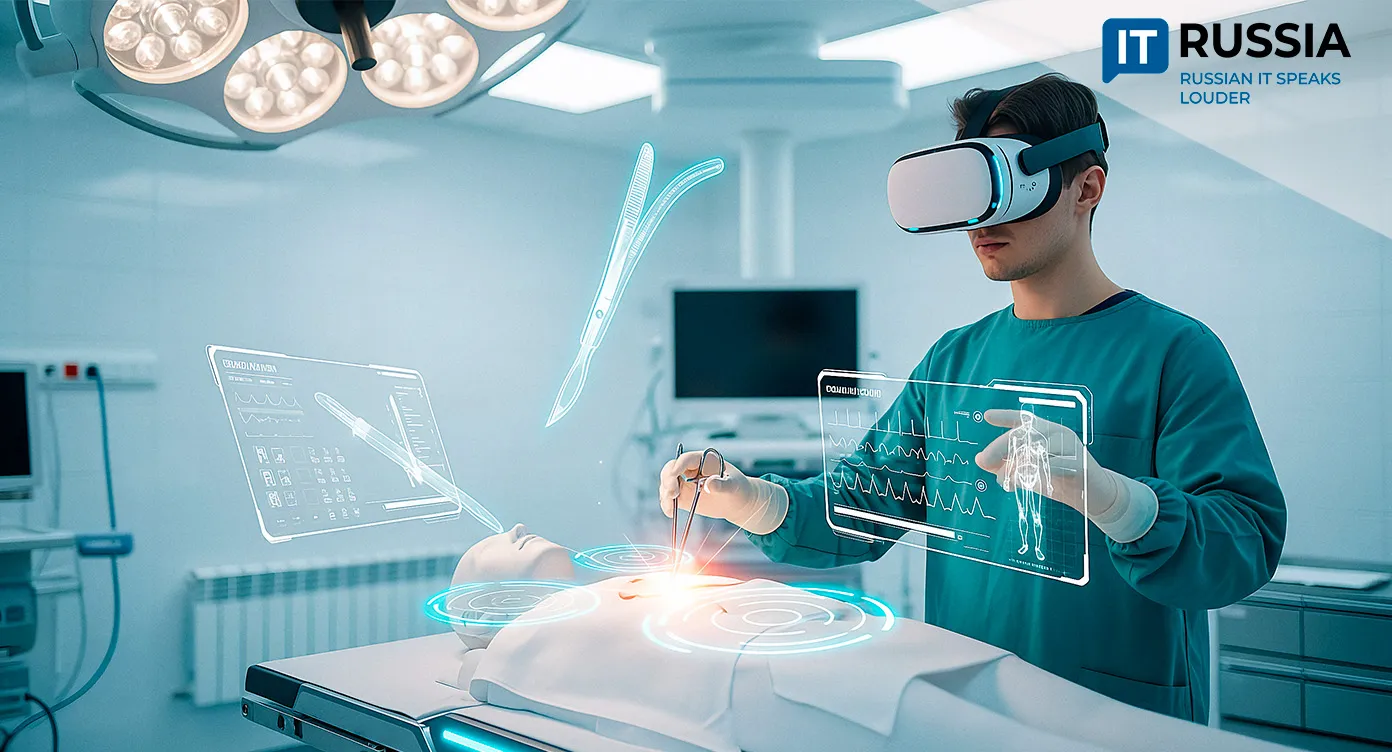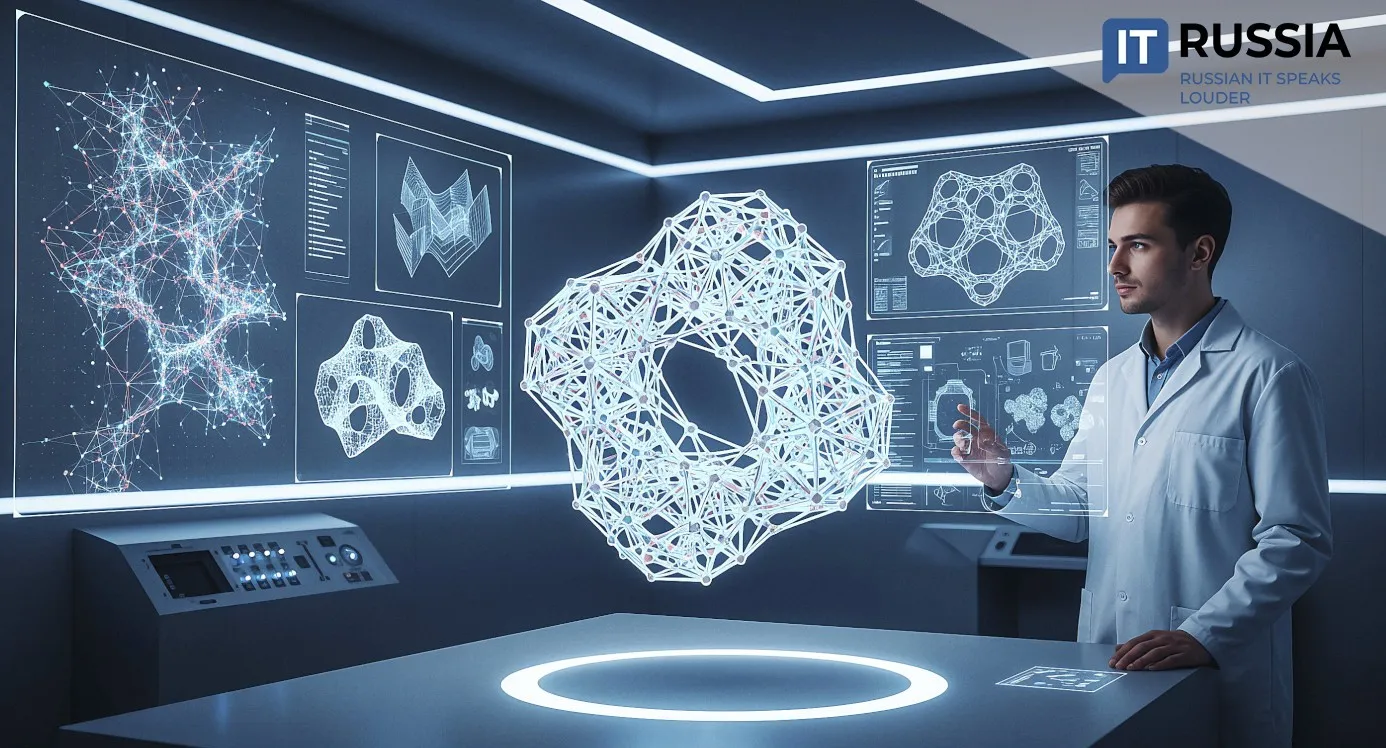Engineering Emotion: How Humanities Intertwine with Digital Technologies at a Ural University
A new campus at Ural Federal University in Yekaterinburg is becoming a testbed for integrating artificial intelligence into the educational process.
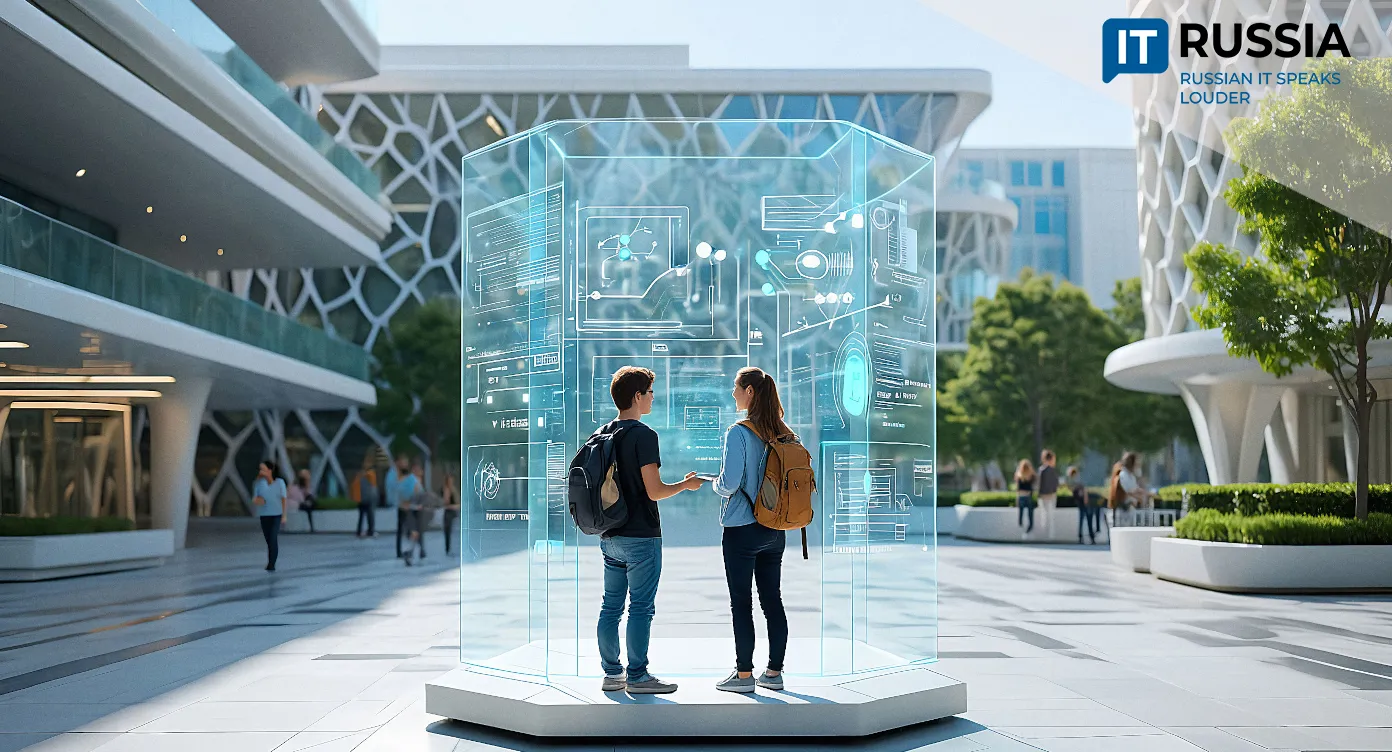
A Testbed for the Mind
In summer 2023, by the start of the international student games, the first line of Ural Federal University’s new campus rose in Yekaterinburg’s Novokoltsovsky district. Students received not just dormitories but an entire student quarter with classrooms, a medical center, sports facilities, and leisure spaces. Construction did not stop there. This year, the university is preparing to open a far larger second stage: three academic buildings with a total area of 100,000 square meters. These buildings will house the Institute of Radio Electronics, the Institute of Economics and Management, and a specialized educational and research center.
“If a student is not interested, they will look for ways to offload a task onto a neural network. But if they are interested, no artificial intelligence can replace the desire to act. Our task is to reshape education so that technologies become assistants, not substitutes for thinking,” said acting rector Ilya Obabkov.

With these ambitions, Ural Federal University is launching a new campus that will serve as a center for experimenting with AI in education. Its emergence represents a significant step in the evolution of Russian higher education—a transition from theoretical discussions about digitalization to the practical creation of a new learning environment where engineering and humanities intersect.
Policies for Human–AI Interaction
A clear ethical vector underpins the transformation: AI must assist, not replace, human thought. In the coming years, the campus is expected to implement complex AI solutions, including adaptive learning systems and intelligent platforms. The policy governing AI use in educational, scientific, and administrative activities has already been formalized—an order signed by Obabkov.
According to the document, students may use AI for data search, analysis, and training, but they cannot submit work without disclosing AI assistance. Instructors may use AI to prepare materials and review assignments, but cannot assign final grades automatically.
Researchers may generate hypotheses and process large datasets using AI, but performing core analysis or paraphrasing external texts without references is prohibited. For administrators, AI will streamline routine tasks and analytics, but managerial decisions and data verification remain human responsibilities. The guiding principle: AI is a tool, and responsibility remains with people. These rules are provisional and will be revised in two years.
Expanding Spaces and Opportunities
The new campus is not an isolated initiative but a logical continuation of the university’s strategic development. UrFU has been consistently strengthening its position in AI and modernizing its infrastructure. One notable example is the university’s collaboration with Yandex to launch a program on safe generative AI, where students learn to manage the risks of emerging technologies.

Physical expansion has occurred in parallel through phased construction in Novokoltsovsky. In 2023, UrFU also launched a new academic program, “Artificial Intelligence Algorithms,” within the Institute of Radio Electronics and Information Technologies. Graduates will be prepared to work not only in IT companies but also in autonomous transport, healthcare, finance, and other industries.
Delegations in the Urals
The architectural designs of the new UrFU buildings challenge traditional expectations. Their honeycomb-like shape is not just aesthetic—it is a universal structural concept that allows flexible adaptation of interior spaces. Digital tools were used even during the design phase: before the foundation was poured, each building already had a full virtual twin in the form of a BIM model, capturing everything from load-bearing structures to the smallest engineering components.

It is no surprise that the campus attracts international attention. Recently, delegates from India, China, and universities across Russia visited the construction site during the International Conference “Russian Regions in the Focus of Change.” The scale of the project impressed visitors, who noted its infrastructural innovations and strategic importance.
The campus sets a replicable model for integrating AI into education and university infrastructure—an experience that is drawing interest not only from other Russian regions but also internationally.


